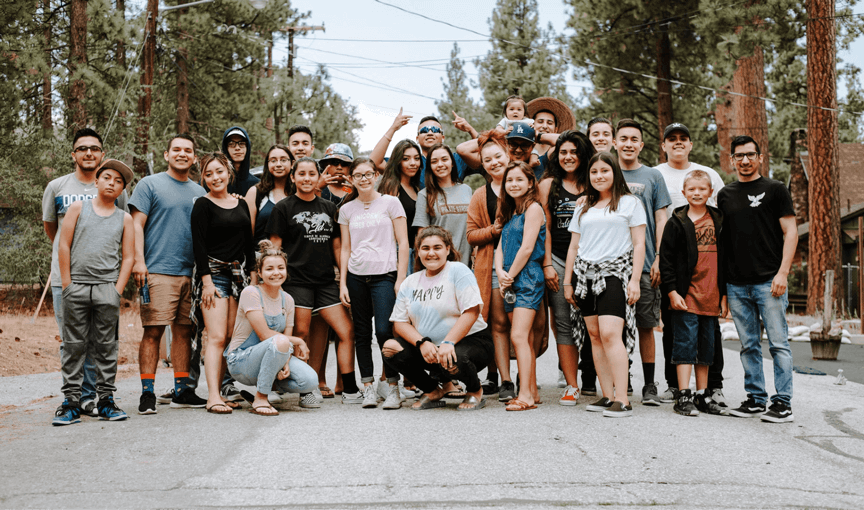Liberia's education system remains crippled by years of civil conflict, leaving entire communities without schools. In Bokay Town, children grew up without classrooms, teachers or hope. I created CLA to close this gap, giving refugee, underprivileged and displaced youth access to quality education that restores dignity, builds skills and unlocks opportunity.
CLA operates as a full-scale primary and secondary school in Bokay Town, offering free education to refugee, underprivileged, and internally displaced children who had no prior access to learning. Classes integrate core subjects with leadership, entrepreneurship, critical thinking and civic responsibility. Students learn through practical projects, public speaking, peer-led activities and digital tools. Many arrive without classroom experience or literacy skills, so the model includes tailored support for foundational learning. Beyond academics, CLA involves families and local leaders, creating a community-led education system. In two years, CLA has directly impacted over 6,500 young people and indirectly reached more than 12,000 community members while creating 23 jobs. The academy functions in a region where no school has existed for over a decade, proving that education can thrive even in post-conflict, underserved communities.
Since launching, CLA’s impact has sparked demand from surrounding communities. Parents walk hours to enroll their children. Local leaders have donated land for expansion. The academy’s success has drawn attention from national stakeholders, prompting discussions with the Ministries of Education and Youth. CLA’s story has been featured by One Young World and supported by global partners like the 776 Foundation. To scale sustainably, CLA is developing mobile learning units and a replicable school model that can be adapted to other post-conflict regions. Our goal is to reach 200,000 youth by 2035 and one million by 2050, transforming access to quality education across underserved areas.
To adopt CLA’s model, begin by identifying a marginalized community lacking access to education. Engage local leaders, assess infrastructure needs and recruit committed educators. Use CLA’s open curriculum focused on leadership, critical thinking, and entrepreneurship. For guidance or collaboration, contact our team through our website or social media channels.
.png)

